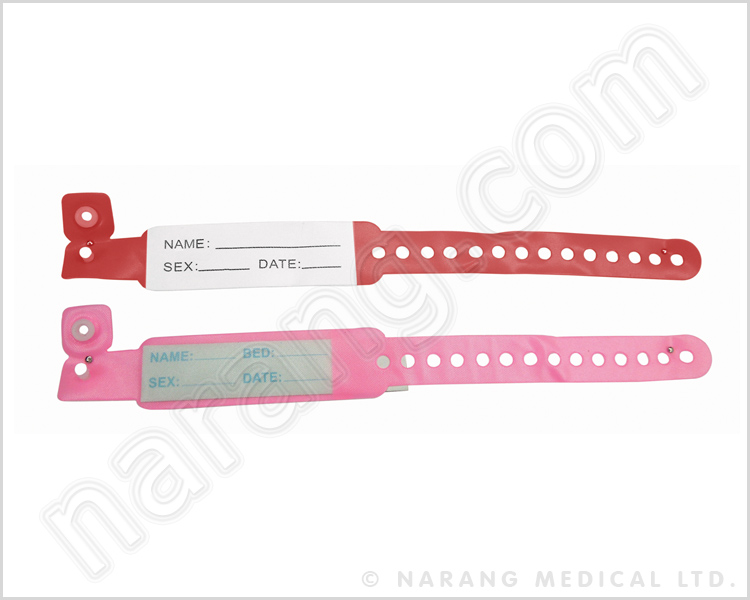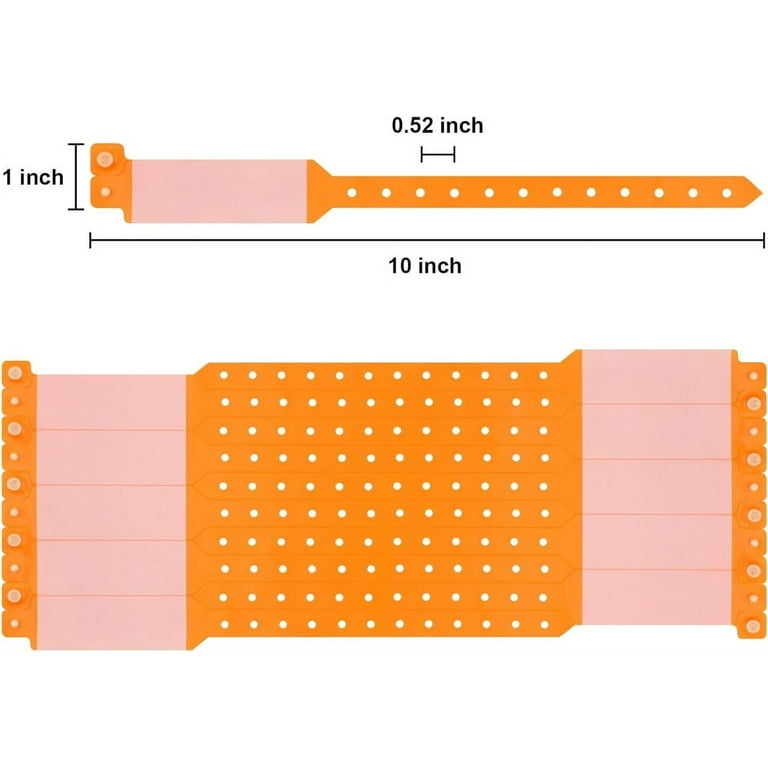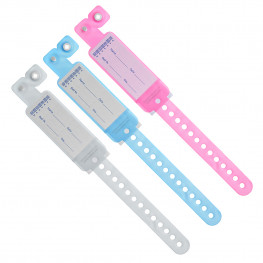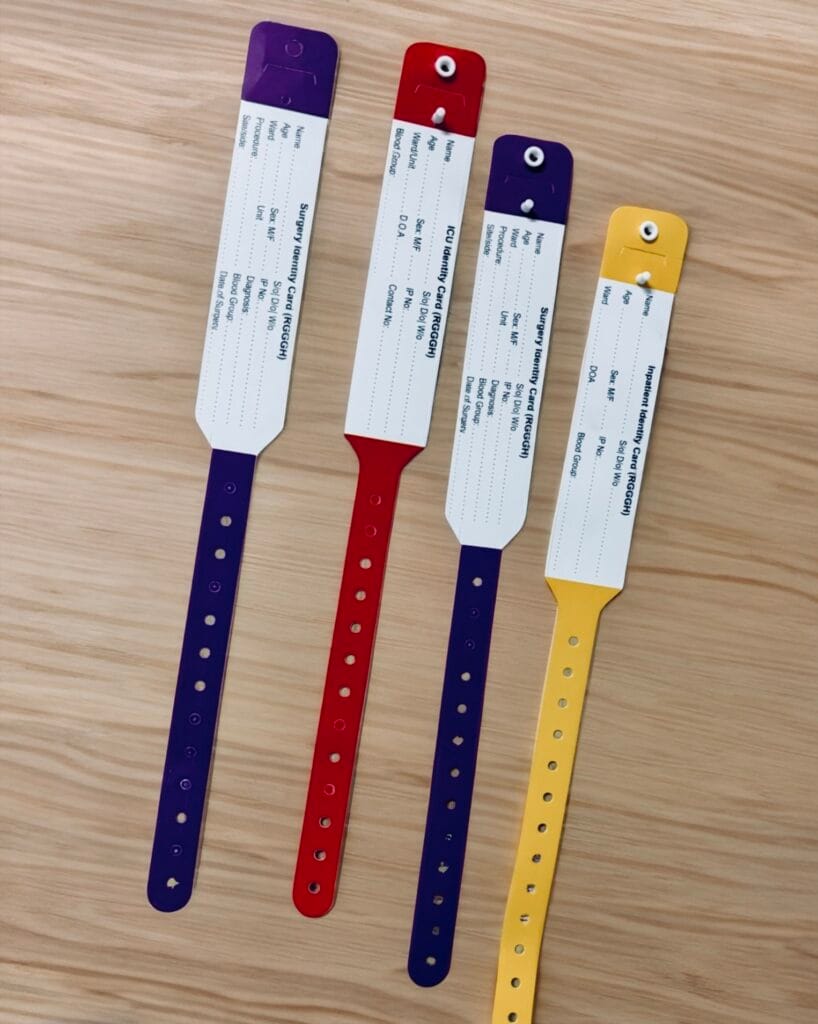Why Patient Identification Band is Important for Safe and Accurate Medical Care
Why Patient Identification Band is Important for Safe and Accurate Medical Care
Blog Article
Enhancing Patient Treatment With Effective Recognition Bands
The application of efficient recognition bands is a crucial element in enhancing client care within health care setups. As the landscape of individual recognition advances, one must consider the implications of these systems on overall healthcare shipment and individual end results.
Importance of Patient Identification
Making certain accurate client identification is important in healthcare settings, as it straight influences the safety and security and top quality of treatment supplied. Misidentification can cause severe mistakes, including carrying out the wrong drug, doing wrong procedures, or miscommunicating crucial person information. Such mistakes not just endanger client safety but can also cause lawful ramifications and decreased count on medical care systems.
Efficient client identification is basic to developing a safe atmosphere where patients obtain individualized and suitable treatment. It assists in the accurate documents of medical backgrounds, allergies, and treatment plans, ensuring that medical care service providers have accessibility to necessary information in all times. Moreover, robust recognition protocols assist streamline interaction amongst medical team, improving cooperation and lowering the risk of blunders.

Kinds Of Identification Bands
Recognition bands play an important duty in preserving exact patient documents and enhancing security within medical care environments. Different sorts of identification bands are used to deal with the particular demands and requirements of different individual populaces.

One more kind is the ankle band, which is particularly beneficial for babies and babies, guaranteeing that recognition stays intact also throughout care treatments. Specialty bands, such as those for allergic reaction notifies or drop danger signs, offer added layers of security by attracting immediate interest to crucial individual conditions.
Recently, electronic recognition bands have actually gained popularity, integrating barcodes or RFID modern technology that can be checked to rapidly obtain person information. These bands improve process and lessen the threat of human mistake throughout patient identification processes.
Benefits of Efficient Identification
Efficient recognition of patients through the use of recognition bands contributes considerably to overall person safety and care quality. By making certain that each client is properly identified, medical care service providers can successfully match clinical therapies and procedures to the correct individual, decreasing the risk of errors. This is specifically essential in settings with high patient turn over, where the capacity for misidentification is better.
Furthermore, effective recognition bands boost interaction among healthcare groups. Exact and clear person identification promotes collaboration and ensures that all group members are mindful of a patient's specific needs and clinical background. This interaction is essential for delivering collaborated care, particularly in emergency scenarios where time is critical.

Eventually, reliable identification with the usage of look at this website recognition bands not just safeguards people however also promotes a culture of security within health care Get the facts facilities (Patient Identification Band). By focusing on accurate identification, medical care companies can enhance results and boost the general client experience
Executing Recognition Systems
While the importance of patient identification is well recognized, the execution of durable identification systems positions a complicated obstacle for healthcare companies. Developing efficient recognition systems needs a comprehensive strategy, encompassing technology, employees training, and procedure combination.
First, companies must pick appropriate recognition innovations, such as barcode scanning, RFID, or biometric systems. Patient Identification Band. These innovations need to be reviewed based upon price, usability, and compatibility with existing facilities. A pilot program can aid identify possible issues before major execution
Next, detailed training for staff is crucial. All workers have to understand the relevance of accurate client recognition and excel in making use of the selected modern technologies. Regular training updates and assessments can strengthen ideal practices and make sure ongoing compliance.
Furthermore, medical care companies should establish standard treatments for patient identification throughout all divisions, reducing inconsistencies and boosting communication. Routine audits can aid recognize gaps in adherence to these protocols.

Eventually, an efficient application of identification systems not only enhances patient safety yet additionally cultivates a society of responsibility and diligence within health care settings, guaranteeing dependable and consistent patient treatment.
Future Trends in Individual Identification
Developments in technology are readied to reinvent client identification practices in healthcare settings. The assimilation of biometric recognition techniques, such as fingerprinting and facial recognition, is anticipated to improve accuracy and security. These modern technologies can dramatically lower the threat of misidentification, ensuring that patients obtain the appropriate treatments and drugs.
Furthermore, the implementation of blockchain innovation for client documents is getting traction. This decentralized technique can supply a secure and tamper-proof technique for managing individual identities, consequently improving accessibility to vital information across various health care service providers.
An additional trend is the boosting use of mobile health and wellness applications that utilize QR codes for client recognition. These applications enable real-time updates and simple accessibility to patient information, empowering health care specialists to make informed decisions promptly.
Additionally, man-made knowledge (AI) is positioned to play an essential function in assessing patient identification information, recognizing patterns, and predicting prospective recognition mistakes prior to they occur.
As these innovations progress, they assure not only to improve client security yet also to enhance the overall effectiveness of health care distribution systems. useful link Welcoming these innovations will be important for future-proofing individual treatment techniques.
Conclusion
Finally, effective identification bands are important for improving client security and care high quality within health care settings. By minimizing the risks related to misidentification, these bands facilitate exact and prompt details access, inevitably enhancing communication amongst doctor. The application of robust recognition systems not just promotes a culture of safety however also positions medical care establishments to adjust to future trends in client recognition modern technology, making certain optimum results for clients in varied scientific environments.
As the landscape of individual identification advances, one have to think about the implications of these systems on total health care delivery and patient end results.Efficient patient recognition is essential to establishing a safe and secure atmosphere where patients obtain individualized and suitable treatment. Eventually, prioritizing efficient patient recognition methods not only fosters a culture of safety yet likewise adds to enhanced client end results and total satisfaction with medical care solutions.
Effective recognition of patients with the usage of identification bands contributes significantly to general patient security and care top quality. The implementation of durable recognition systems not only promotes a society of safety however also settings healthcare institutions to adjust to future patterns in client recognition modern technology, guaranteeing ideal end results for patients in diverse medical settings.
Report this page